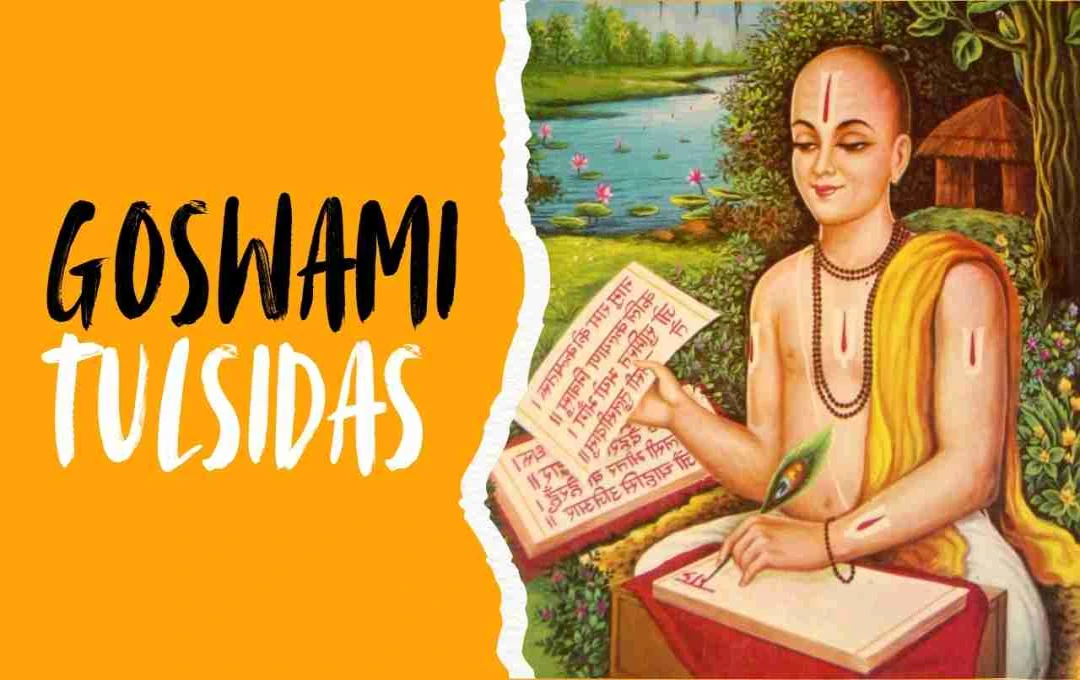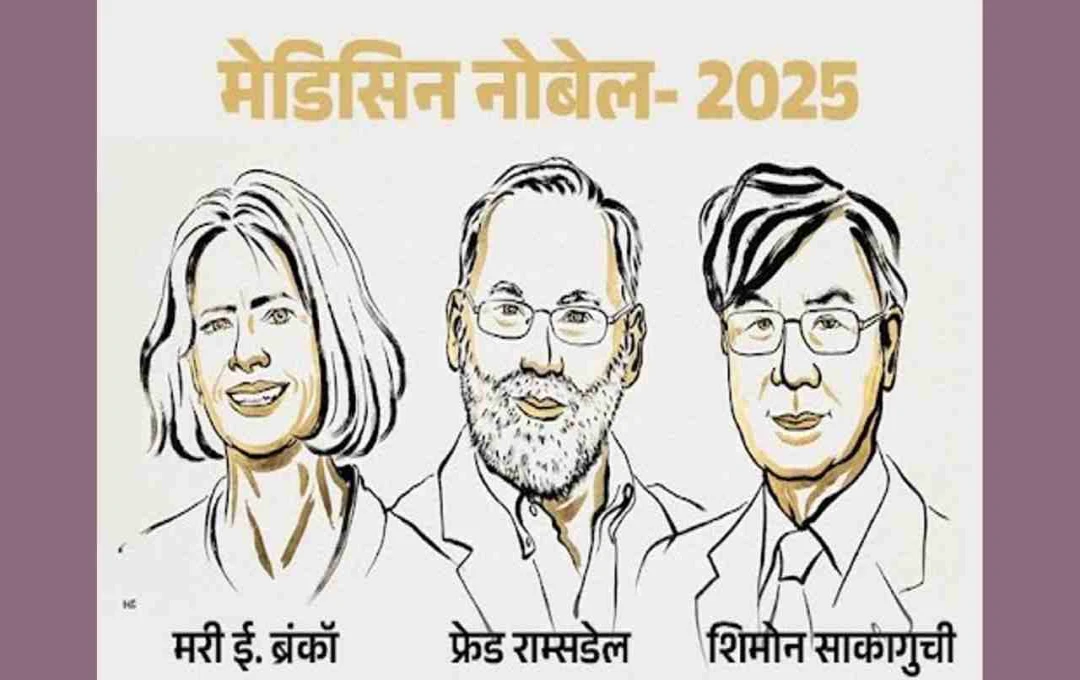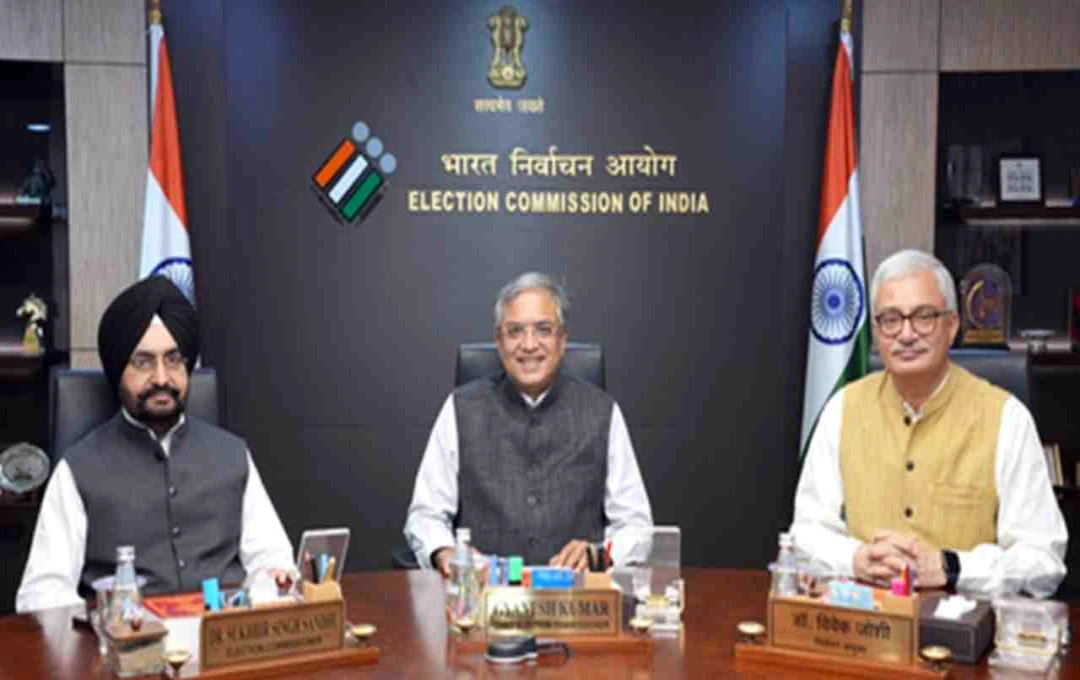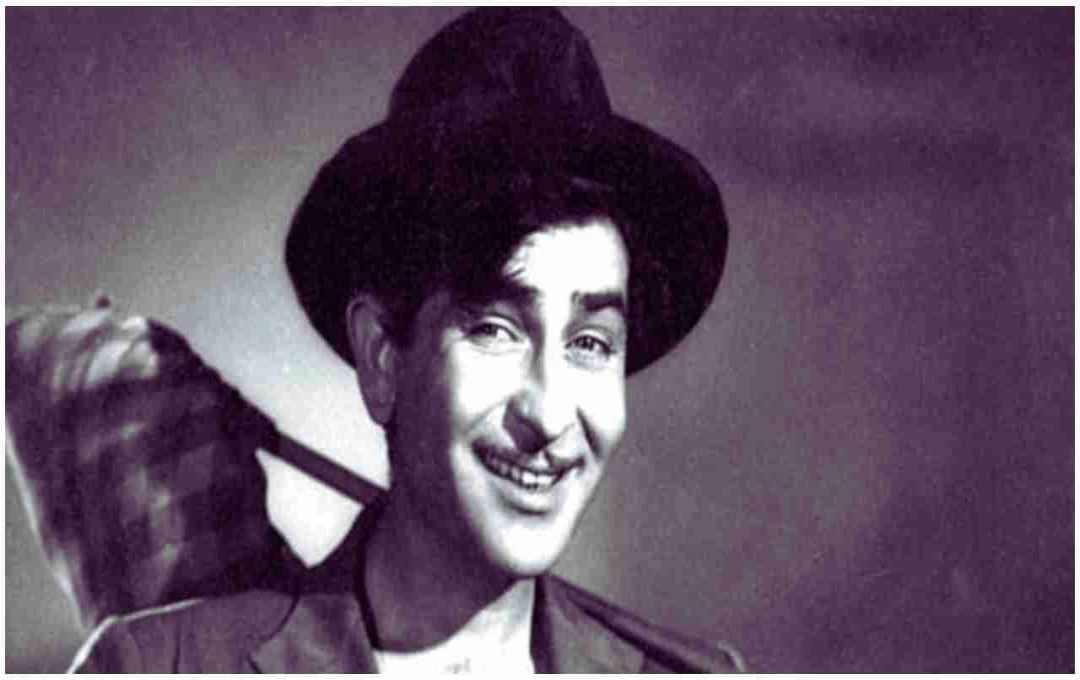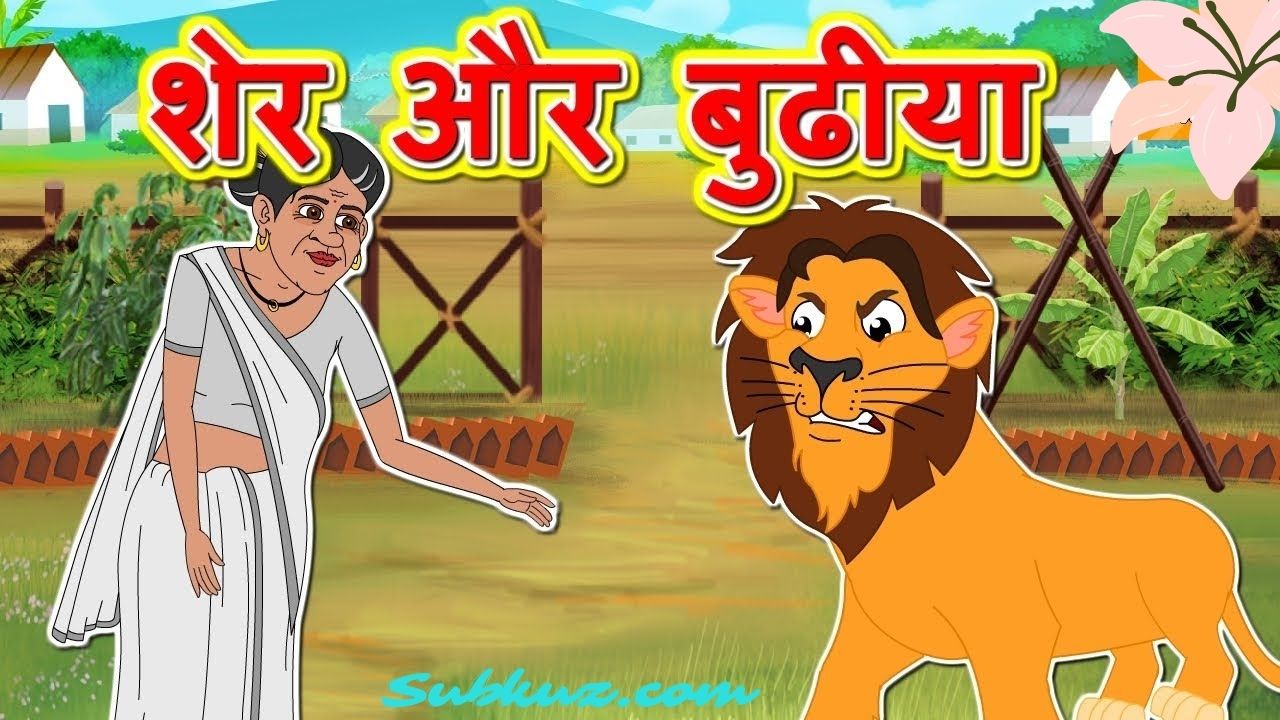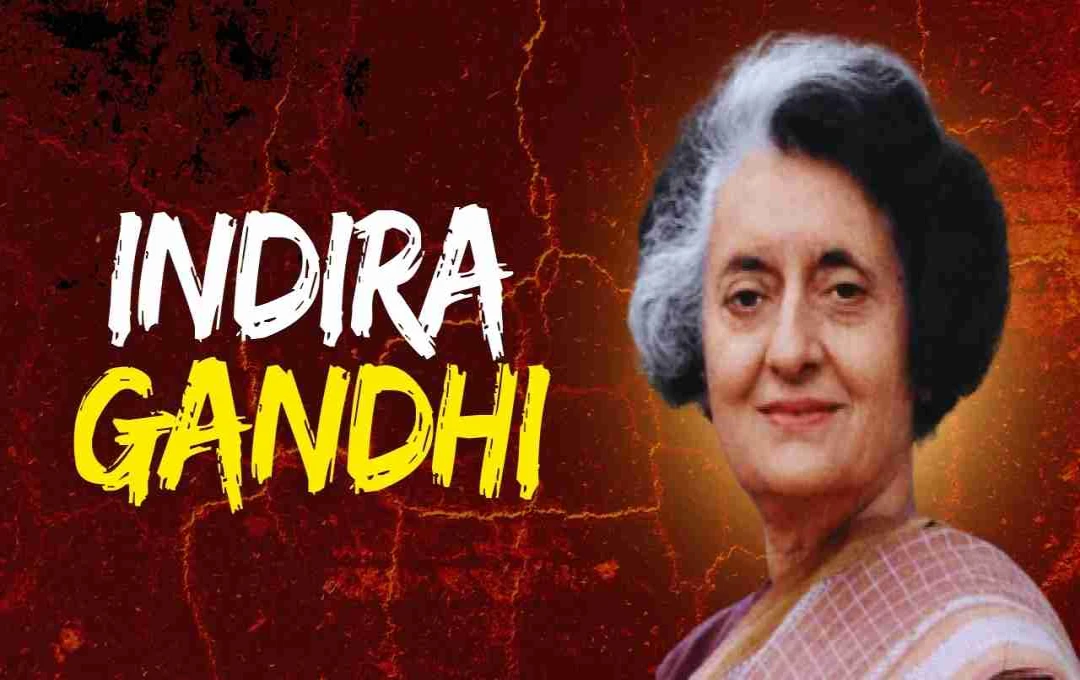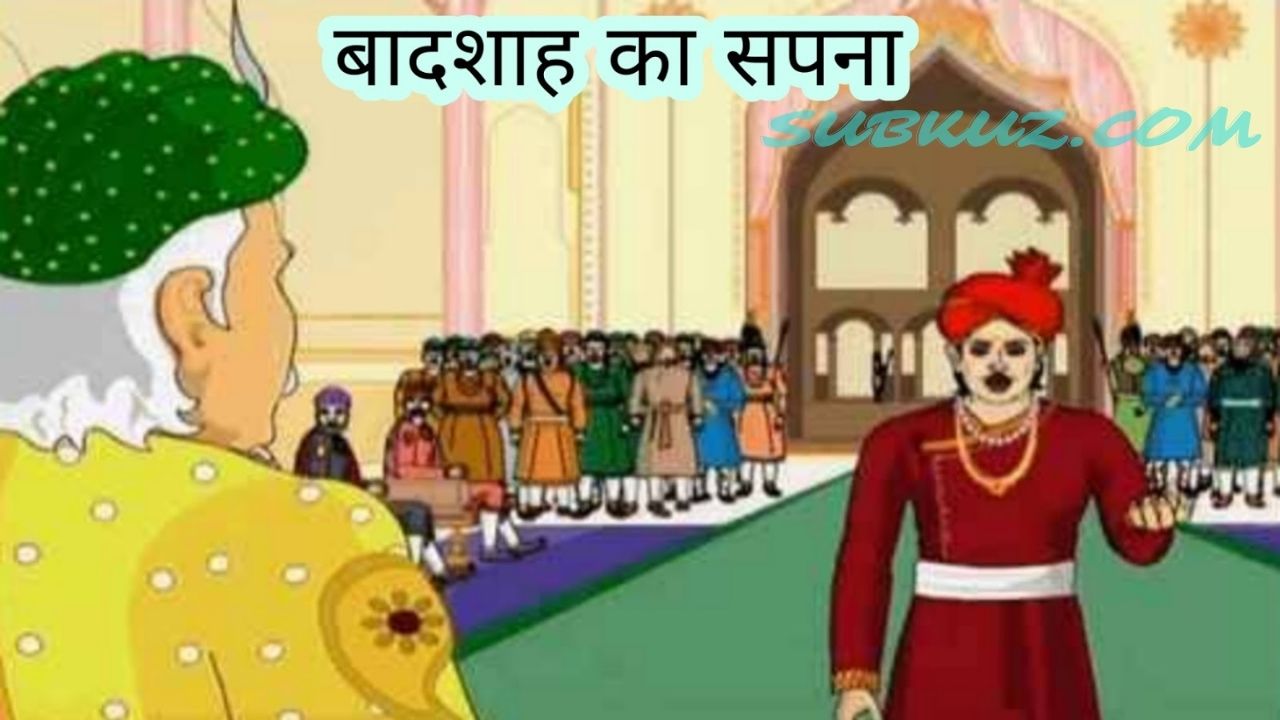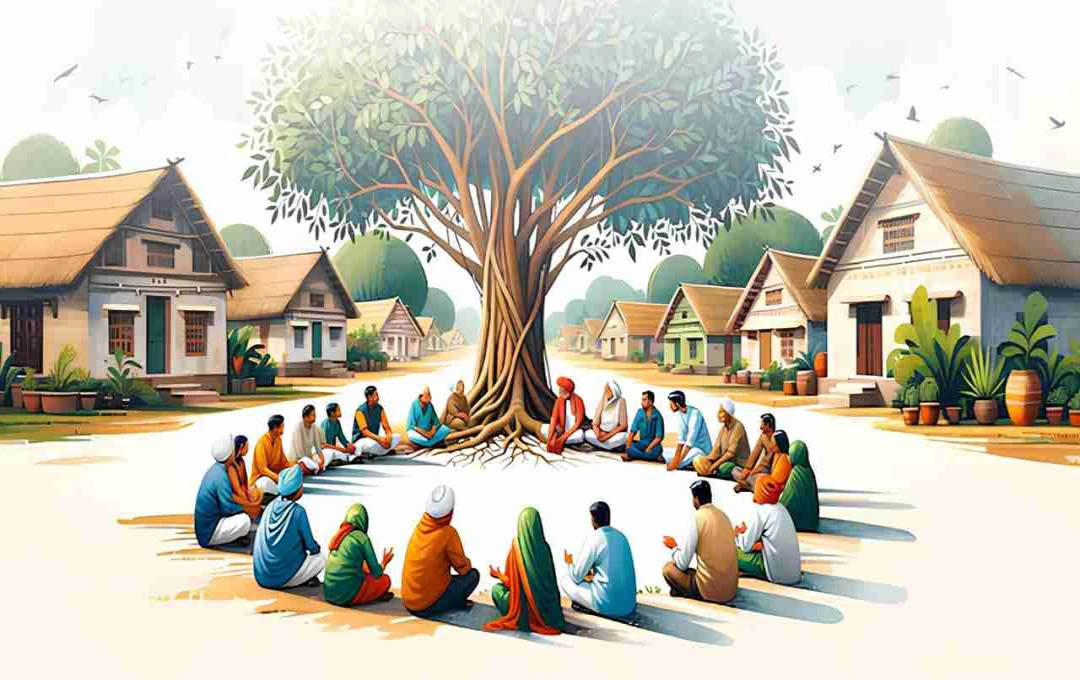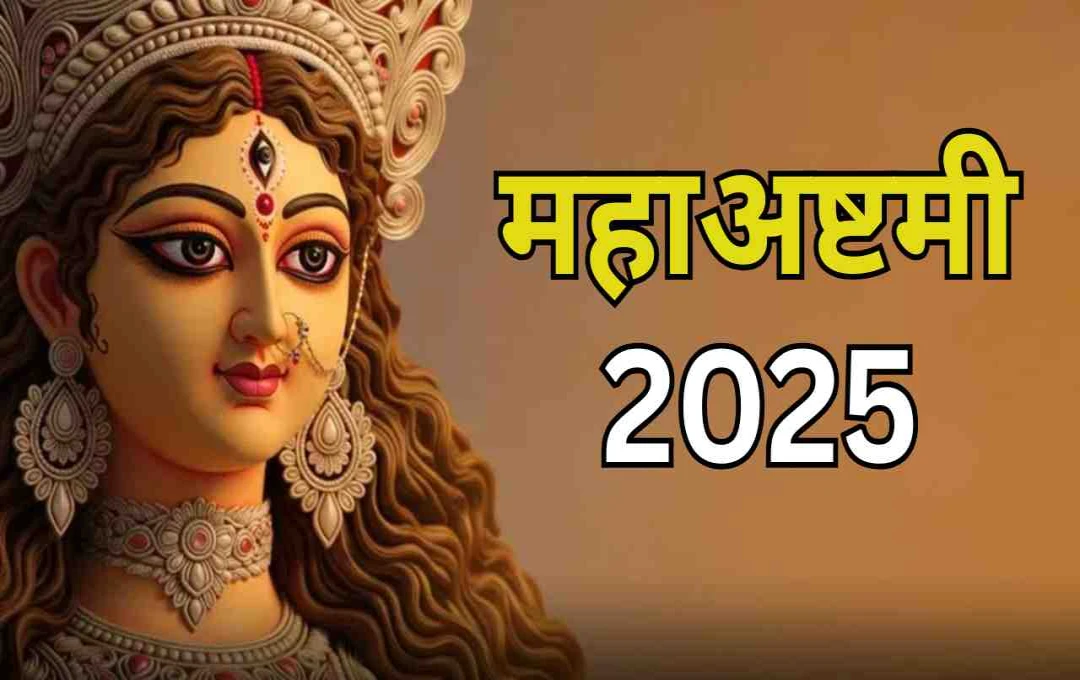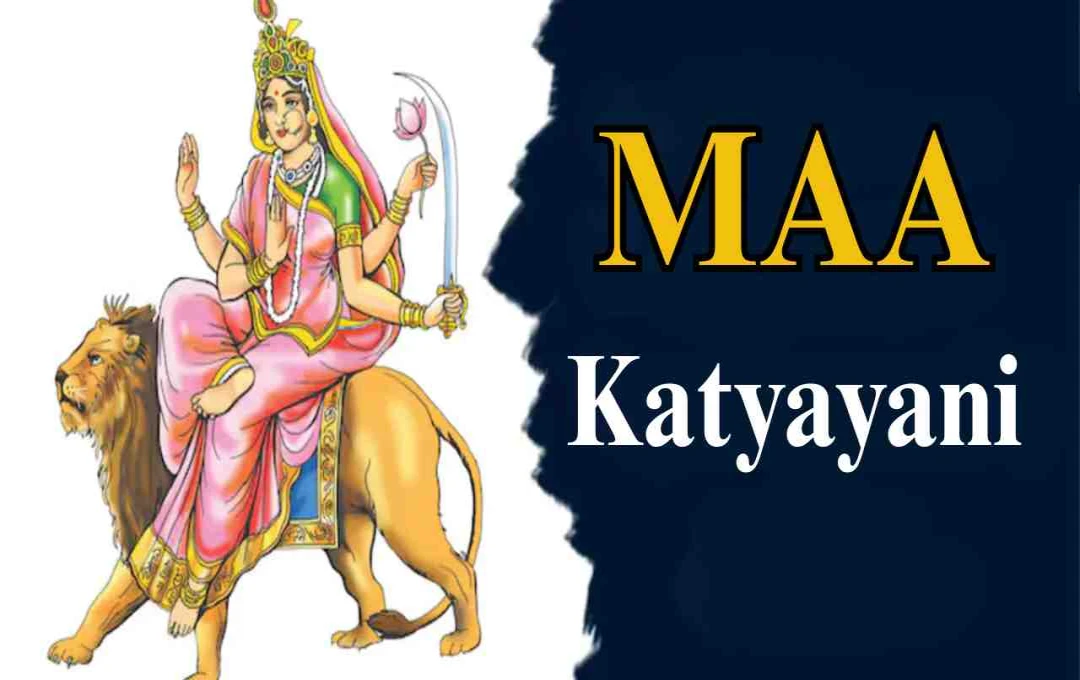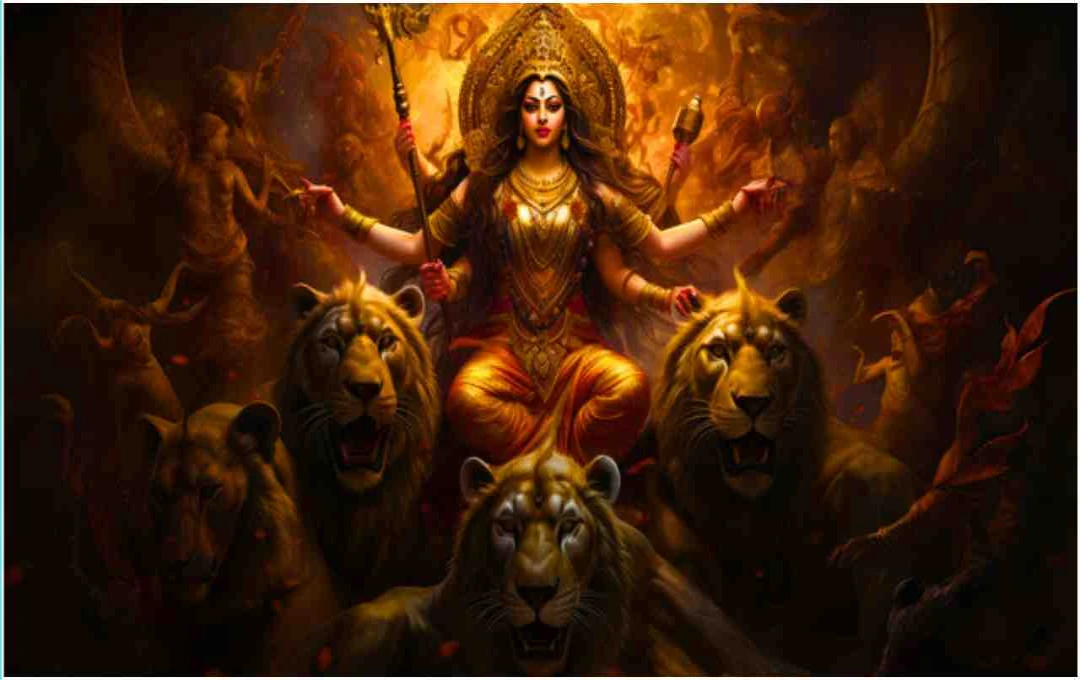Goswami Tulsidas, a great saint of Hindi literature and devotion to Rama, was the author of Ramcharitmanas and Hanuman Chalisa. His poetry and devotion left an indelible mark on society, religion, and folk culture, and propagated the tradition of Ramlila to the masses.
Tulsidas: India's cultural and religious history counts among its saints those who left an indelible mark on society and religion through their writings, devotion, and lifestyle. One such great saint was Goswami Tulsidas, affectionately called “Rambhakt Kavi” (devotee-poet of Rama) by his followers. Tulsidas's life is a wonderful confluence of devotion, knowledge, and poetic creation. He not only enriched Hindi literature but also played a significant role in popularizing the story of Rama among the common people.
Early Life and Birth
Tulsidas was born on August 11, 1511. His birth name was Rambola Dubey, meaning “he who utters Rama.” From birth, Tulsidas possessed extraordinary qualities. It is said that he remained in the womb for twelve months and had all 32 teeth at the time of his birth. Instead of crying at birth, he uttered the word "Rama." His parents were Hulsi and Atmaram Dubey, and they belonged to the Saryupareen Brahmin lineage.
According to legend, the time of his birth was marked by some unusual and inauspicious astrological circumstances. Therefore, on the fourth day, he was sent to a maidservant named Chuniya. Chuniya cared for Tulsidas for over five years. After this, she became like a mother to him, and the foundation of his spiritual journey in Tulsidas's life was laid.
Education and Early Devotion
Tulsidas undertook his early education journey in Ayodhya. He studied the Sanskrit language, the four Vedas, the six Vedangas, astrology, and the six principal schools of Indian philosophy. His gurus were Narharidas and later Shesh Sanatan. This education not only made him learned but also laid the foundation for his profound understanding of devotion to Rama in his life.
Tulsidas began studying the Ramkatha (story of Rama) in his childhood. His guru narrated the Ramayana to him, and it was from this point that deep devotion to Lord Rama developed in his mind. He propagated the Ramkatha throughout his life and made it accessible to the common people.
Marriage and Household Life
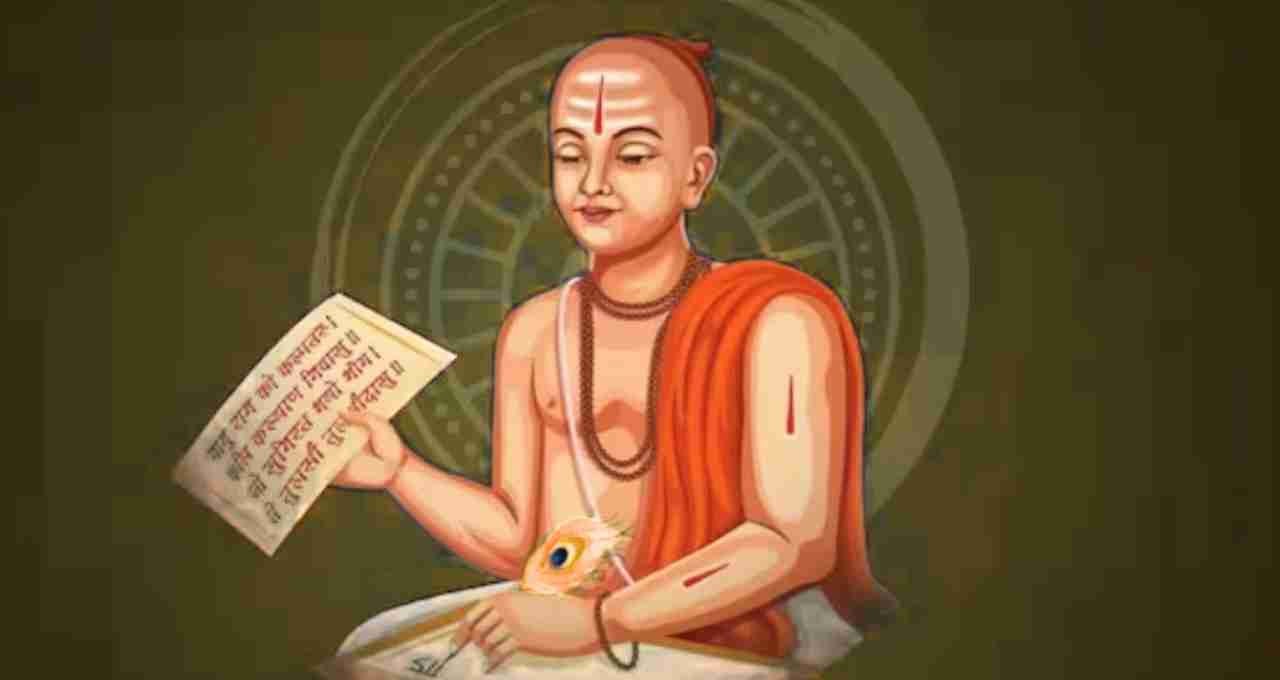
According to several texts, Tulsidas was married to Ratnavali. They had a son, Tarak, who passed away prematurely at a young age. At the time of his marriage, a conflict was observed between Tulsidas's devotion and his worldly life. According to one account, Ratnavali told Tulsidas that if he had as much devotion to Lord Rama as he had to his home, he could attain salvation. This statement inspired Tulsidas to move from household life towards renunciation.
Some scholars believe that Tulsidas never married and observed celibacy from the beginning. There are disagreements on this matter, but it is clear that Tulsidas spent most of his life as an ascetic.
Devotion to Rama and Great Poetic Works
Tulsidas's life was dedicated to devotion to Rama and literary creation. He wrote several important texts in Hindi and Awadhi languages.
- Ramcharitmanas
Tulsidas's most prominent work is the Ramcharitmanas. It is an adaptation of the Sanskrit Ramayana in the Awadhi language, making it easy for the common people to understand and listen to. The Ramcharitmanas clearly presents the life of Lord Rama, his ideals, dharma, and the path of devotion.
The Ramcharitmanas generated religious awareness in society and propagated the Ramkatha in every household. In this text, Tulsidas not only narrated the story but also included asceticism, devotion, and moral education. - Hanuman Chalisa
Tulsidas also composed the Hanuman Chalisa. This short, 40-verse poem extols the virtues and devotion of Lord Hanuman. The Hanuman Chalisa is still recited daily by millions of devotees in India and abroad. - Other Works
Tulsidas's other works include Vinay Patrika, Gitavali, Kavitavali, and Hanuman Nayak. In these texts, he presented devotion, philosophical thought, and social messages in simple language.
His other works include Vinay Patrika, Gitavali, Kavitavali, and Hanuman Nayak. In these texts, he presented devotion, philosophical thought, and social messages in simple language.
Tulsidas and Ramlila
Tulsidas also initiated the Ramlila. It is a folk play where the story of the Ramayana is presented in a theatrical form. Ramlila popularized the teachings of devotion and morality in society. Even today, Ramlila is organized annually in many parts of India, and it stands as a living testament to Tulsidas's legacy.
Tulsidas's Miracles and Spiritual Vision
